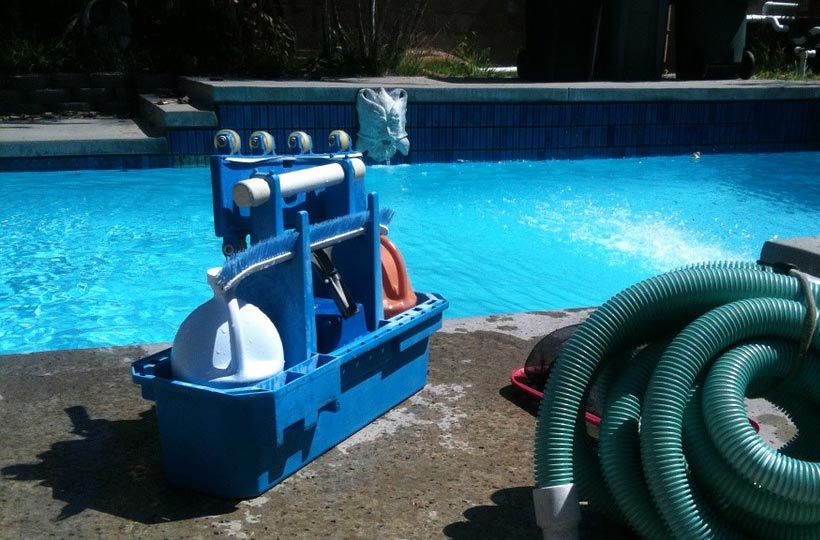We’ve become comfortable with chlorine as a chemical in our homes. But, like the bleach you use to clean the toilet bowl, you might use chlorine every week, but it is still a potentially harmful chemical. You can put too much chlorine in your pool. In fact, according to the California Department of Pesticide Regulation (DPR), in the last ten years, 534 Californians have gotten sick from exposure to too much chlorine in a swimming pool. Most of these poisonings were caused by human error, and less than half were caused by broken pool equipment.
Here’s what you need to know about chlorine overexposure and its side effects.
Basic Chlorine Safety
The CDPR considers chlorine to be a pesticide. A maximum of 4 parts per million of chlorine in a pool is safe. Two parts per million is the minimum you need to keep your water safe from pathogens, which doesn’t leave a lot of wiggle room. All instructions from pool shock companies should keep your pool within this range, assuming you follow those instructions carefully.
However, it is also important to know how other chemicals and situations may boost your chlorine levels without you realizing it. Here are some things to consider:
- Cyanuric acid: Many people add this chemical to their pool to help chlorine last longer and therefore reduce their chemical costs. However, it can easily bring your chlorine above safe levels.
- Light: Light makes chlorine dissipate. At the height of summer, the light may be so consistent that you struggle to put enough chlorine in. But, as daylight hours shrink if you can overdo it if you keep adding that much chlorine. Similarly, if you add an umbrella, pergola, or something that blocks your pool from the sun, you won’t need to add as much chlorine.
- Over-adding: This one is simple and understandable human error. You might accidentally add more chlorine to the pool than the instructions call for.
Effects of Chlorine Exposure
According to All Weather Pool Service, too much chlorine can lead to eye, skin, and respiratory irritations. Common side effects include:
- Rashes
- Coughs
- Pain in the nose and throat
- Eye irritation
- Worsening asthma
Chlorine can be toxic but at very high levels. It is unlikely that your pool will cause serious illness unless you have added a huge amount of chlorine. However, it is still possible. We recommend you always test your pool levels before you jump in.
On the other hand, insufficient chlorine can also allow bacteria growth, including E. coli. So an improperly balanced pool can be a health risk either way.
What Should You Do About High Chlorine?
What should you do if you test your water and find that chlorine levels are above four ppm? You should not get in the pool, and you should not sit near the pool. Very high levels of chlorine can become a gas on the top of the water and irritate you just as if you were in the water. Plus, the gas is flammable.
- Turn off your chlorinator if you have one.
- Stop adding chemicals.
- Wait for the chlorine to dissipate naturally over a few days.
- If you’re in a rush, drain the pool and refill it.
- You can also buy a chlorine neutralizer.
Some online sources will suggest that you add other chemicals that you may have around your house to the pool. However, some of these solutions may not be safe. We recommend that you only use products sold as pool chlorine neutralizers to solve your chlorine problems.
Chlorine Doesn’t Fix Everything
Many swimming pool owners use excessive amounts of chlorine because they believe it will keep them, and their families, safer. But in reality, there are plenty of diseases you can get from a swimming pool, even if it already has high chlorine levels. If you really want to keep your family safe, removing your swimming pool is a much better option.


Leave A Comment